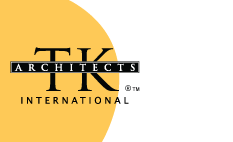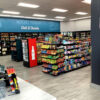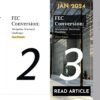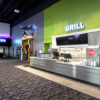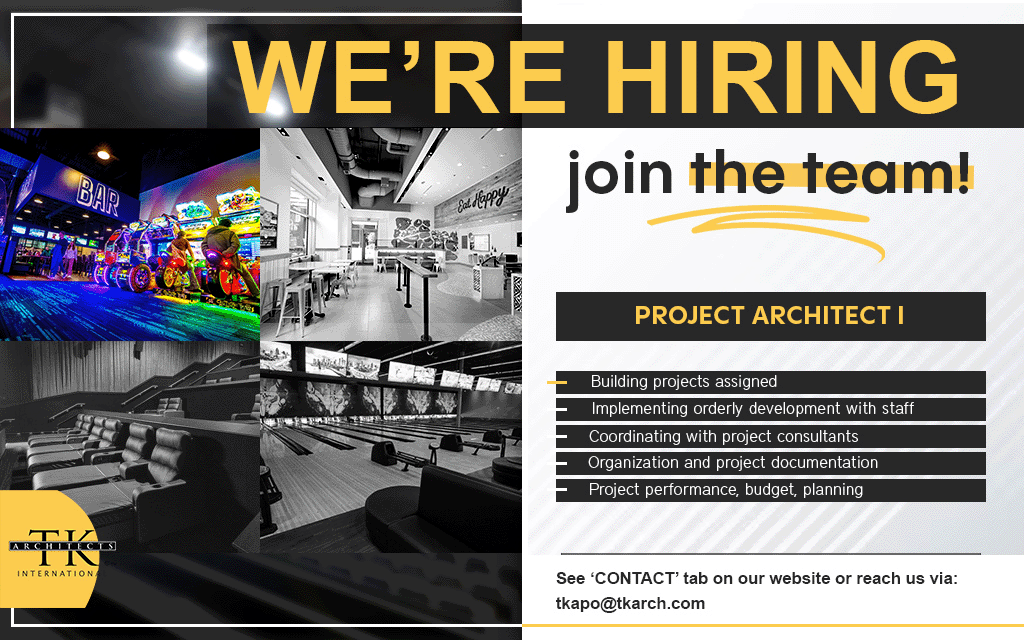By Chad Philhour, TK Architects International
November 2015
It is important to realize a client’s vision and capitalize on that idea in a cost-effective approach. This is key to creating and maintaining their brand. Customers draw conclusion about a brand based on their experience either memorable or mediocre.
ORGANIZE FOR SUCCESS
The auditorium design is the first priority for cinemas – seat count, screen size, sound systems (proportions). The second is business – concessions, restaurants, bars (revenue generating features). Third is the physical design of the interior space – concept, theme, style (interior finishes). All of these functions are integral to each other and require careful collaboration with the owner and design team to create a memorable and profitable building that is financially viable.
AVOID COMMON PITFALLS
Allow enough time during design. Successful projects start with a clear and complete set of bid documents. Starting with a design brief at the earliest stages which should include as much information as you have about the project, along with timeframes, construction budgets and FF&E budgets. Providing this type of information at an early stage will help planning, budgeting and the ability to work through design challenges.
“Design fees are a small fraction of the total construction cost and fade into insignificance when measured against the whole life of the building. Good design is an investment that gives value for money – over the long term good design always cost less then bad design.” – RIBA
Allow enough time during bidding. The goal is to find the lowest bidder that you trust will do the job to your standards. General Contractors have to decide if it is worth their time to work up a detailed bid. Can they get coverage from sub-contractors in the project area? Do they have reliable sub-contractors? Do they have time to get detailed numbers or are they relying on unit pricing? Will they get the job or are they being used to check prices? These are all factors that weigh into the process of deciding to bid a project.
Remember, the bid price is really just a starting point and the actual cost of the project usually ends up higher.
Allow enough time during construction. Rushing through construction will most likely produce poor quality and unsafe conditions. To maintain a shortened schedule corners end up being cut. General Contractors might have to rely on unskilled labor due to time restraints from skilled help. Quality materials that have long lead times can get replaced with sub-standard or off the shelf substitutions.
“Quality means doing it right when no one is looking.” – Henry Ford
You can see the common theme – Allow enough time. Ask you Architect and General Contractor what time frame will be most economical. If the schedule is too compressed, it can add to cost through overtime, expedited deliveries and other premium charges. On the other hand, if it is too long administrative and overhead cost will increase.
UNDERSTAND THE REALITIES OF CONSTRUCTION
How can construction applications be used to your advantage in constructing a cinema (either new or remodeled)? In what areas of the world are certain construction application prevalent and economically feasible? How can one type of construction provide a synergy that is time sensitive, economical and functionally sound for theatres? The answer to these questions is collaboration between the owner, architect and general contractor.
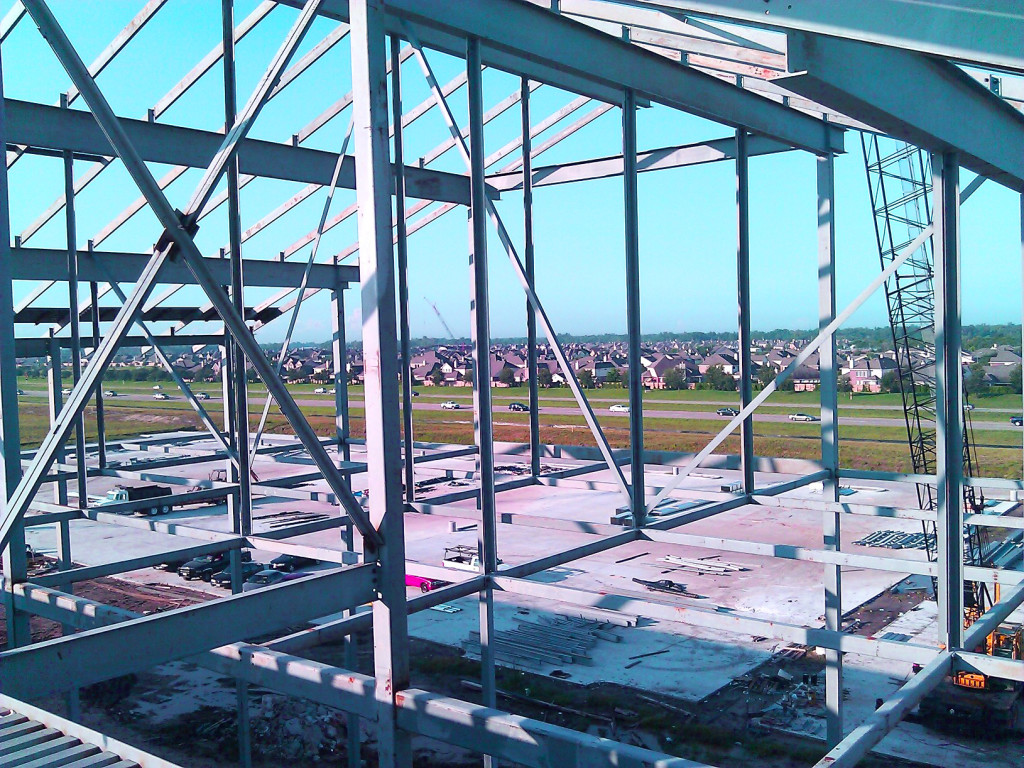
VALUE IN VALUE ENGINEERING
Most projects go through some stage of Value Engineering. Preferably this occurs during the design phase but typically happens after projects have already been bid and come back over budget. This normally means the owner asks the Architect and General Contractor to identify less expensive materials and products in an effort to decrease the overall construction cost. Two factors that need to be considered when evaluating potential cost saving options.
- Does it jeopardize your brand?
- Will it save money initially but cost you more for the years to come as the building ages?
Example:
Selecting alternate finishes that are more cost effective can reduce cost, but if your brand is known to have an onyx bar customers remember this and it differentiates your bar from other circuits – it’s memorable. It is important to articulate the difference between your company and other competitors. In a tightly competitive market an incremental difference may be enough. On the other hand, sacrifice a tile floor for a stained concrete might be a more viable solution. You can install tile later down the road with minimal setback especially as business increases, but you didn’t really sacrifice durability – this is a value decision. What makes your brand? It isn’t what you think you are but it is what the customers say you are – it is the experience; it is the memories.
Example:
Lighting design is typically a topic for discussion with looking to save money. Can we eliminate fixtures or are we over illuminated? Why are we using LED? Lighting has made some major strides in the last decade. LED’s cost three to four times more initially than traditional lighting, but they last three to four times longer and produce two to three times more light per watt, delivering anywhere from 30% to 70% in annual electricity savings. Some choices should be so obvious that we should not choose the cheaper option.
Operation cost represent 98% of the total costs of a building. Identifying efficiency and synergies is essential in focusing the design solutions that best meet the end user’s needs – owners and patrons.
